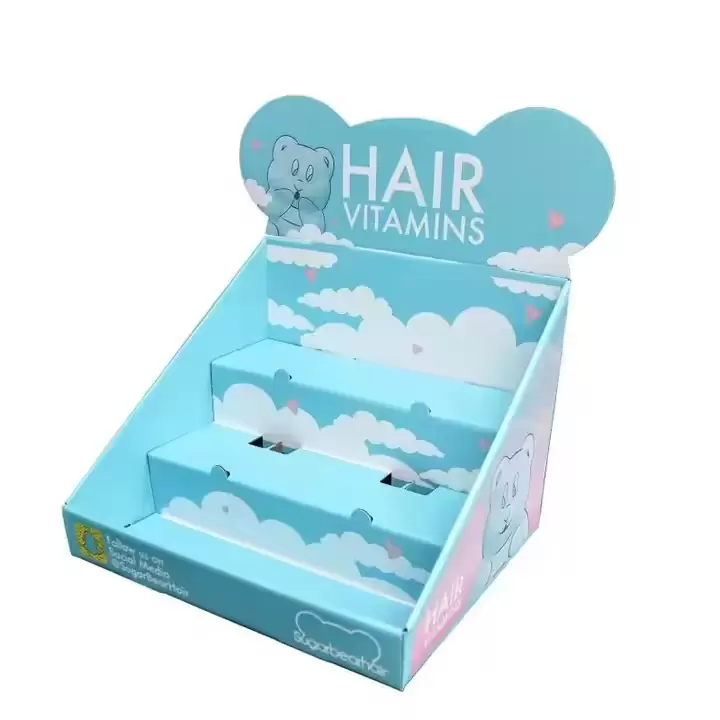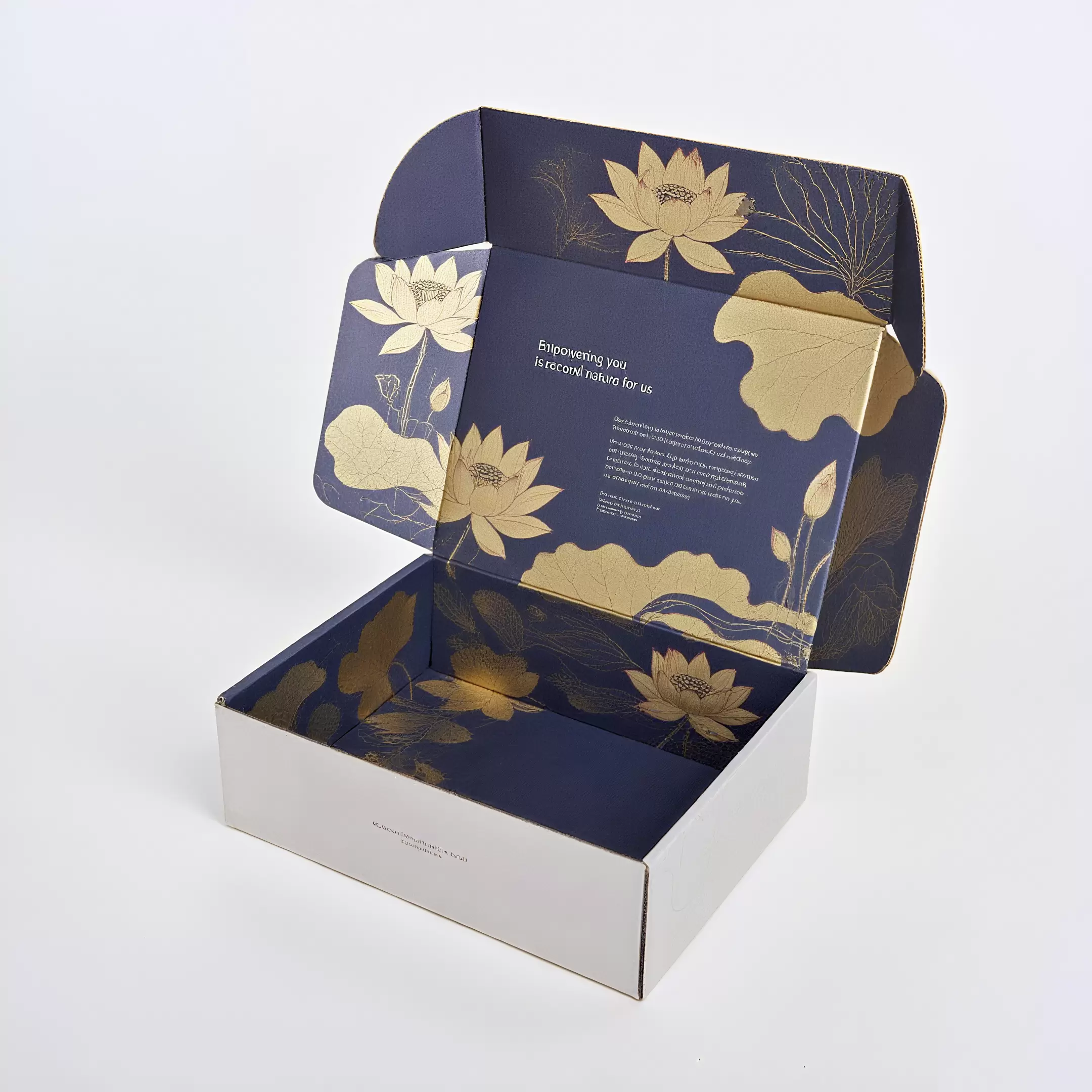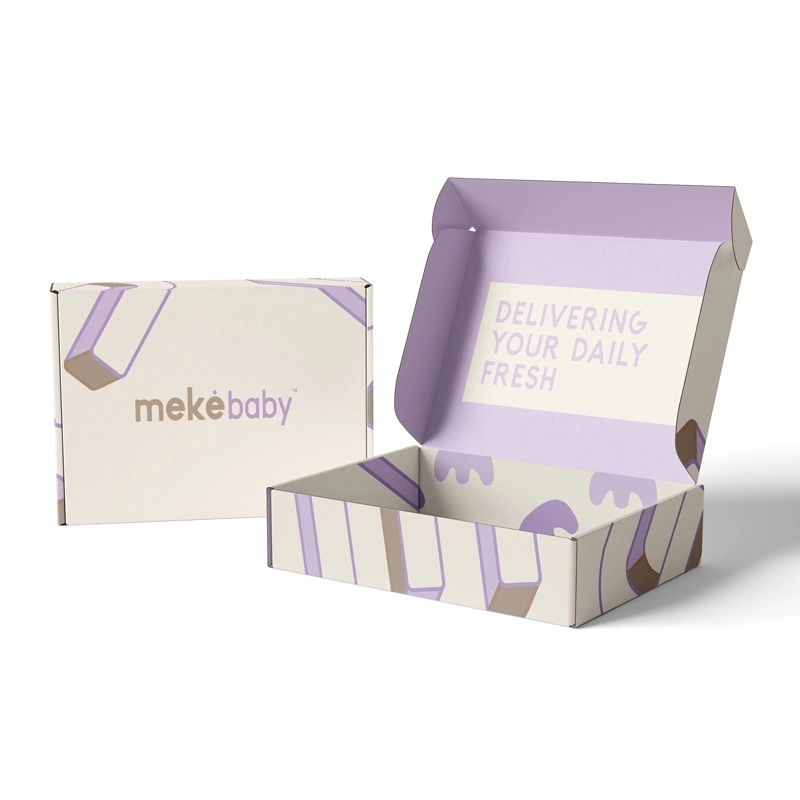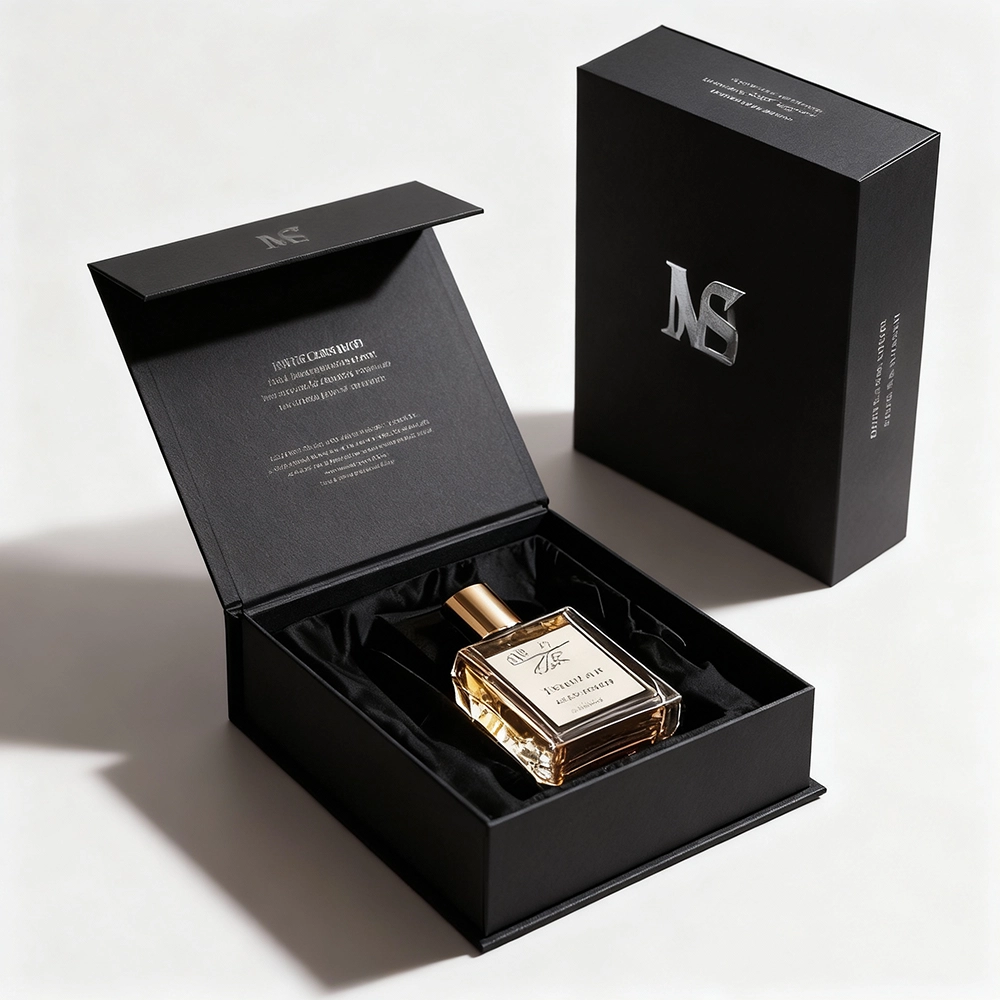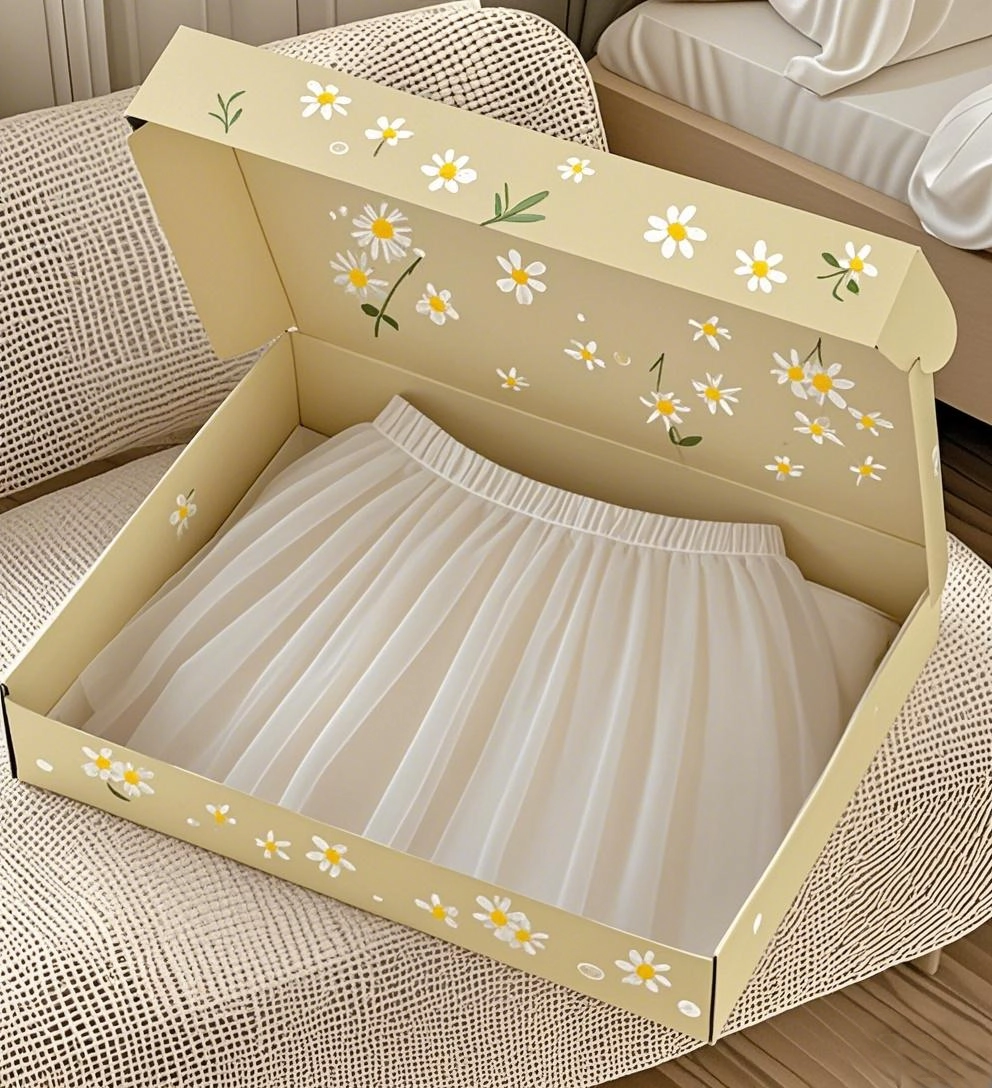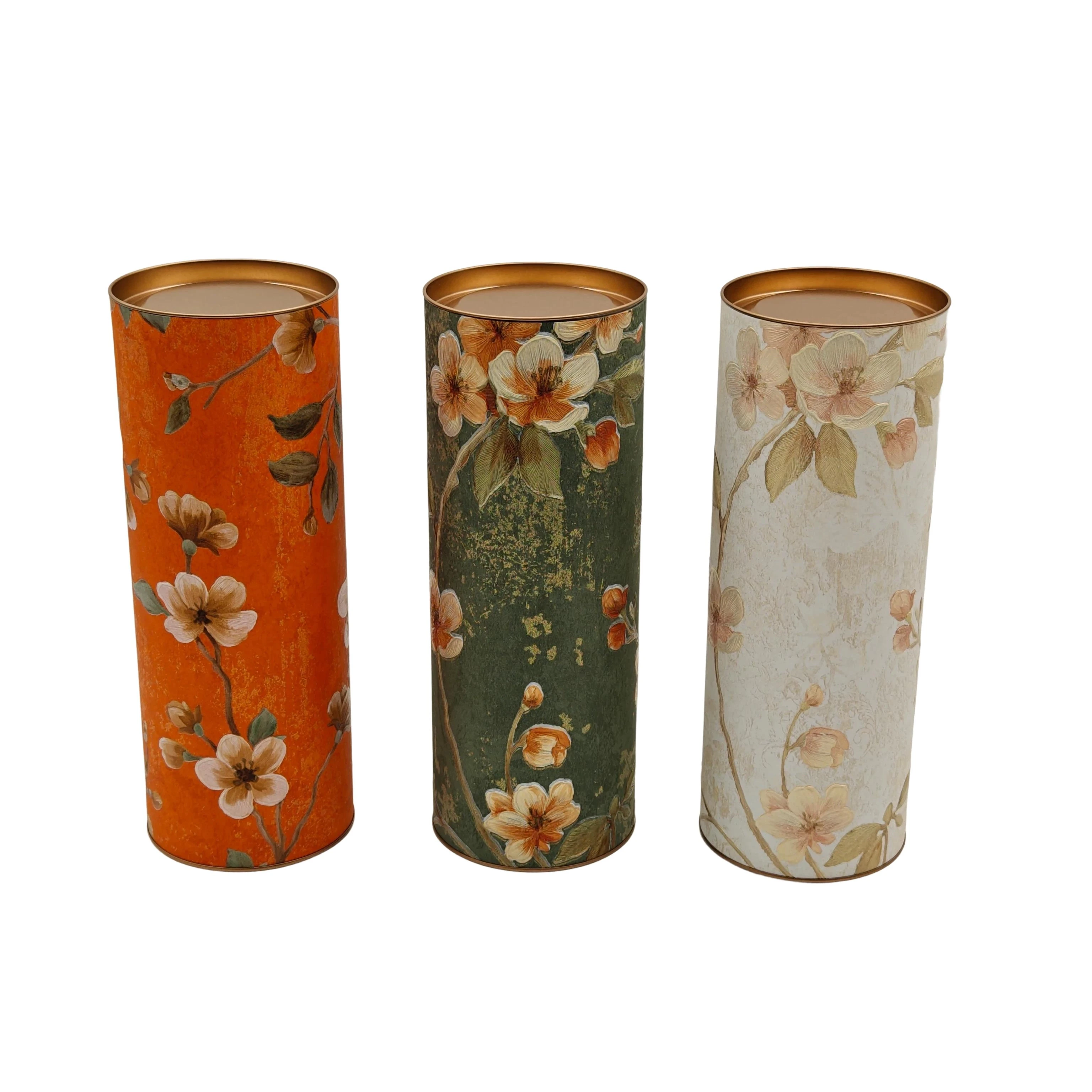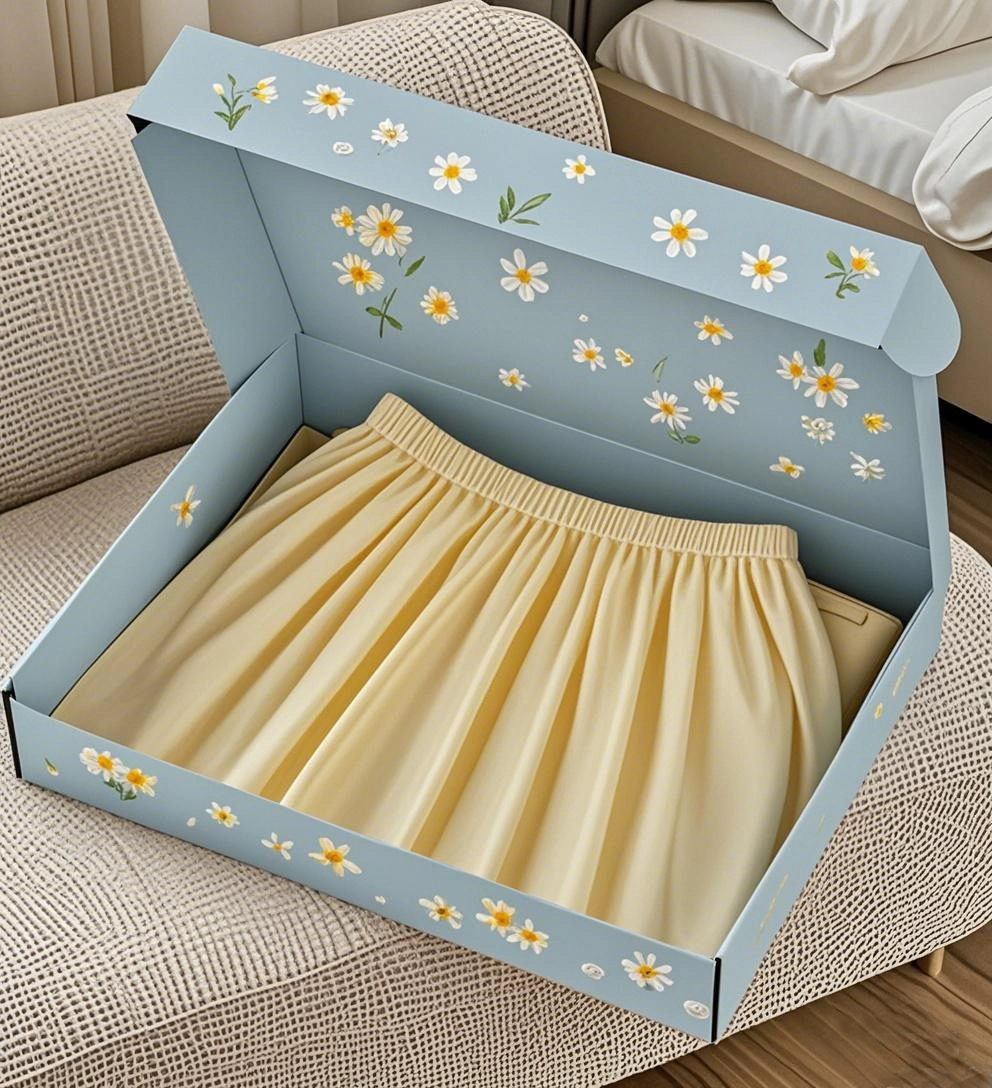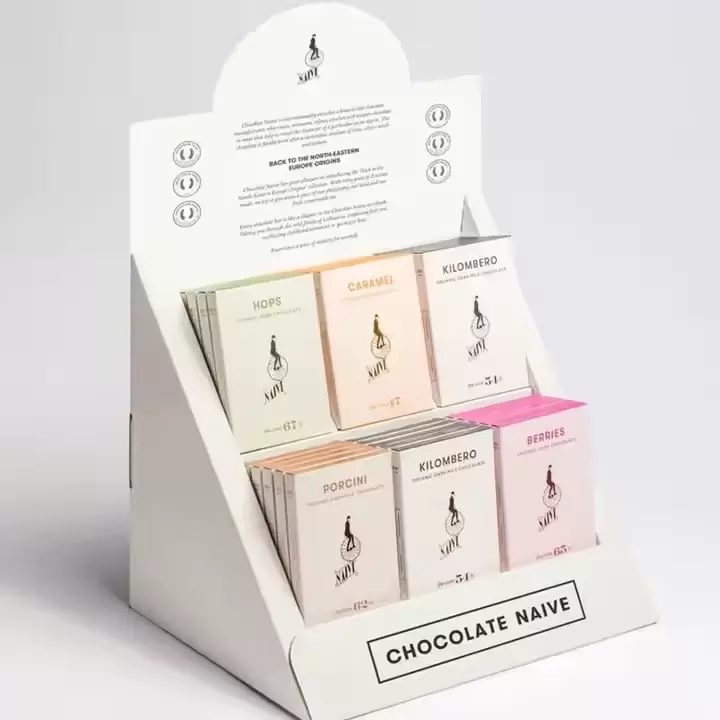
In today’s competitive e-commerce landscape, the unboxing experience is just as crucial as the product itself. Customers expect their orders to arrive in pristine condition, and damaged packaging can lead to frustration, negative reviews, and even lost sales. That’s why investing in high-quality, durable cardboard display boxes is a smart business decision—one that enhances brand perception while ensuring products survive the rigors of shipping and handling.
1. Introduction
The journey from manufacturer to customer is rarely smooth. Products may face stacking pressure in warehouses, vibrations during transport, and accidental drops during last-mile delivery. For brands selling both online and in-store, the packaging must meet two equally important goals:
Survive the physical stresses of shipping and handling.
Look visually appealing to represent the brand.
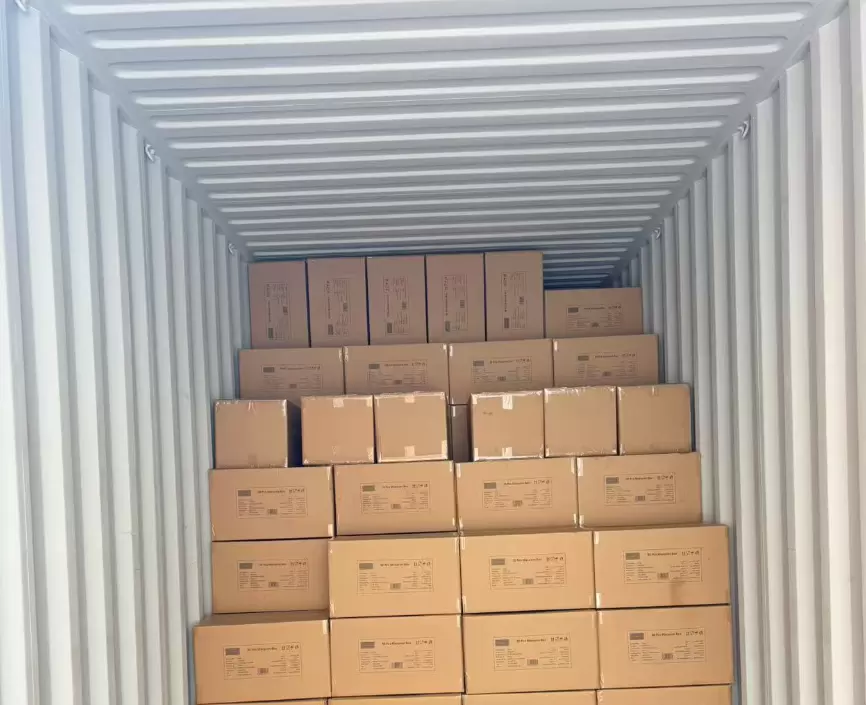
Display boxes are often the first physical interaction a customer has with a product. If the box arrives dented, torn, or faded, the brand’s image suffers—even if the product inside is unharmed. Conversely, a box that arrives in pristine condition signals quality, reliability, and attention to detail.
2. The Importance of Durability in Display Boxes
Protection Against Shipping Hazards
During transportation, packages may be dropped, stacked, or exposed to fluctuating temperatures and humidity. Custom durable displayes box absorbs these shocks and shields the product.
Reducing Returns and Costs
Product damage during transit often results in costly returns, refunds, and negative reviews. Stronger packaging reduces these risks, protecting both brand reputation and profit margins.
Supporting Sustainability
A well-designed durable box often uses fewer materials over time, as it reduces the need for excessive secondary packaging or replacements. When combined with recyclable materials, durability becomes part of a sustainable packaging strategy.
3. Design Principles for Strong Yet Attractive Display Boxes
Structural Reinforcement
Adding double walls, reinforced corners, or internal supports can significantly improve load-bearing capacity. The right folding patterns also contribute to box strength.
Aesthetic Branding
Durability should not compromise beauty. High-resolution printing, embossing, foil stamping, and varnishes can be applied to sturdy substrates, ensuring the box is both protective and brand-representative.
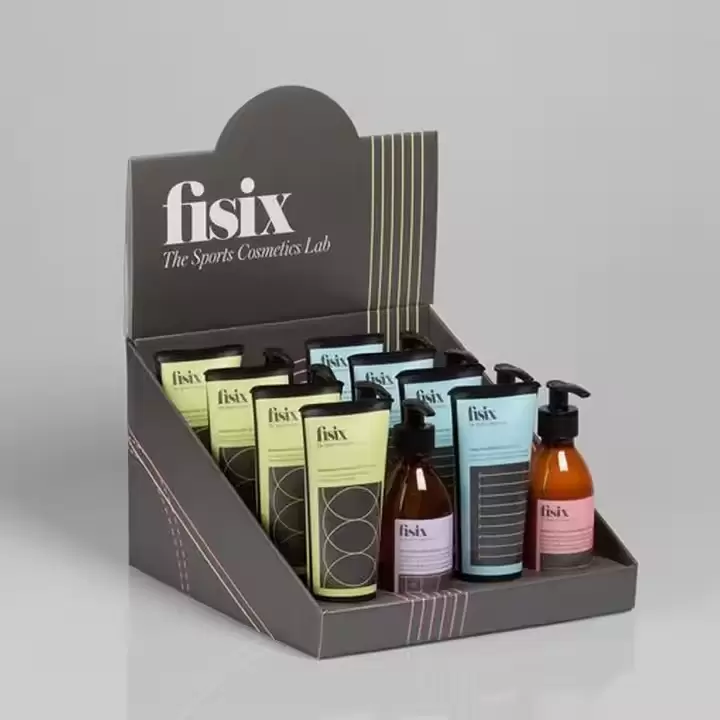
Functional Convenience
Features such as easy-open tabs, magnetic closures, and reclosable flaps can make the box more user-friendly while maintaining its protective qualities.
4. Material Choices for Maximum Protection and Style
Corrugated Cardboard – Known for its excellent strength-to-weight ratio, it can be customized in flute thickness for different levels of protection.
Rigid Paperboard – Ideal for luxury goods; it offers a premium feel while maintaining structural stability.
Kraft Paper with Coatings – Sustainable and strong, especially when laminated or treated with moisture-resistant finishes.
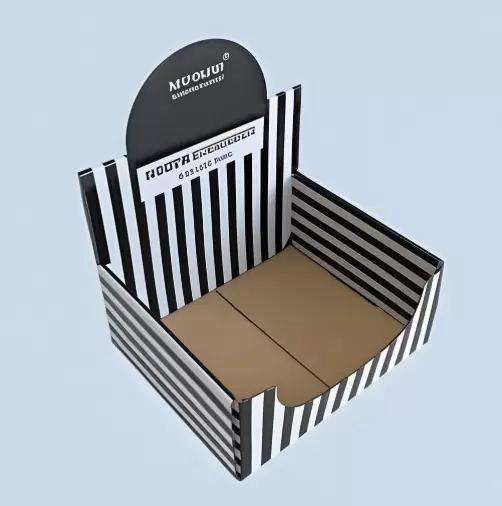
Specialty Laminates – PET or matte coatings not only add style but also protect against scratches, moisture, and UV fading.
5. Production and Quality Testing
Compression Testing
Simulates stacking pressure in warehouses to ensure the box doesn’t deform under load.
Drop Testing
Recreates accidental handling incidents to verify that the product remains intact after impact.
Vibration Simulation
Tests how the box holds up to the constant movement and shaking experienced during transport.
Climate Resistance Testing
Evaluates the box’s performance under different temperature and humidity conditions, which is critical for global shipping.
6. Balancing Durability, Design, and Cost
Some brands fear that stronger boxes will cost more. However, intelligent design—such as optimizing dimensions to reduce empty space or using hybrid materials—can achieve both strength and cost-efficiency. Moreover, fewer returns and replacements often offset the initial investment in better packaging.
7. Conclusion
Display boxes that survive shipping and handling are more than just containers—they are silent salespeople. A durable, beautifully designed box protects the product, reinforces brand image, and enhances customer loyalty. By combining strong materials, innovative design, and rigorous testing, brands can ensure their products make the journey from warehouse to customer in perfect condition—ready to impress.
Table of Contents
Latest Products
-
 Wechat
+8613616008761
Wechat
+8613616008761 -
 Email
Email
-
 Tel
+86-136-1600-8761
Tel
+86-136-1600-8761

 en
en es
es ru
ru fr
fr de
de it
it ja
ja ar
ar pt
pt ko
ko tr
tr nl
nl fi
fi